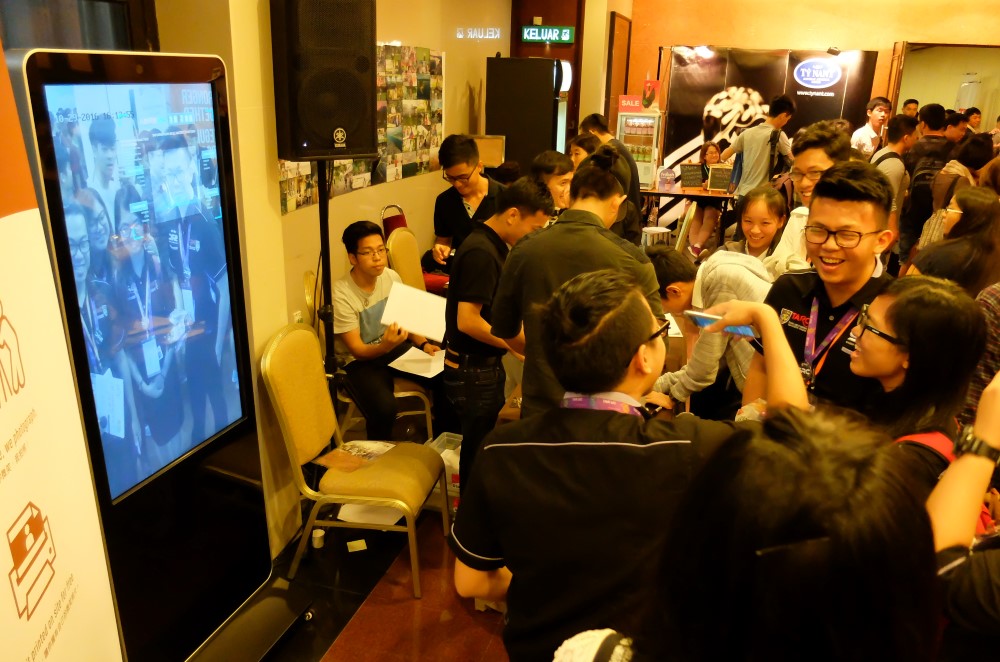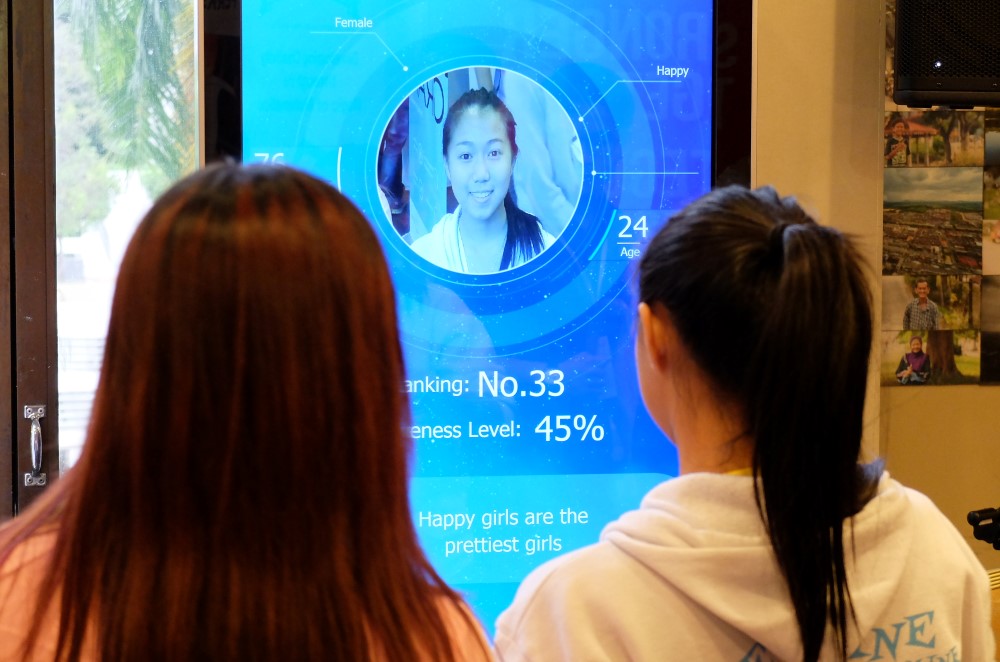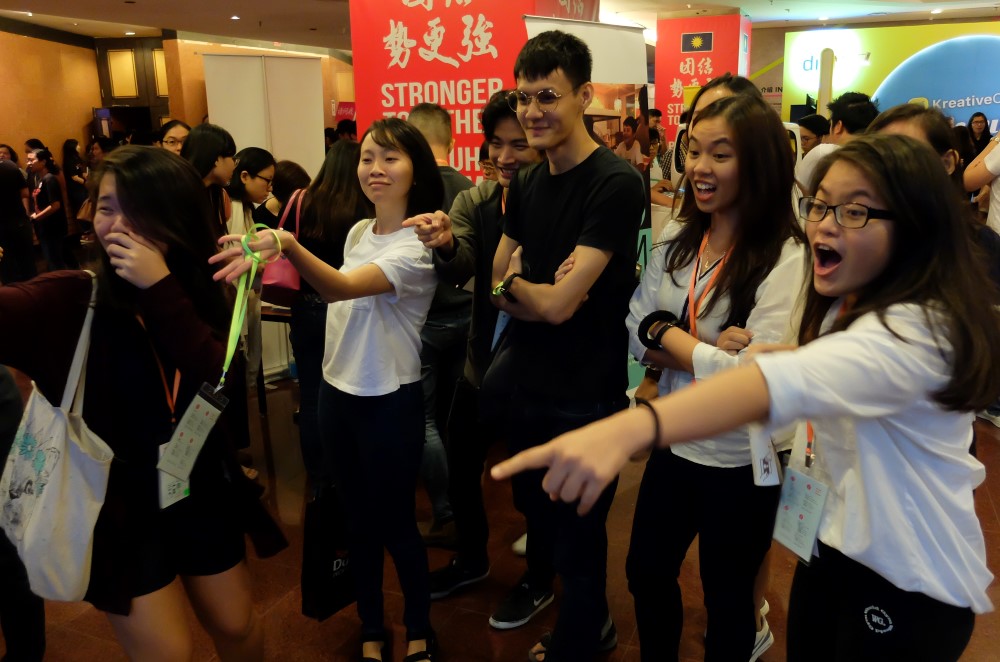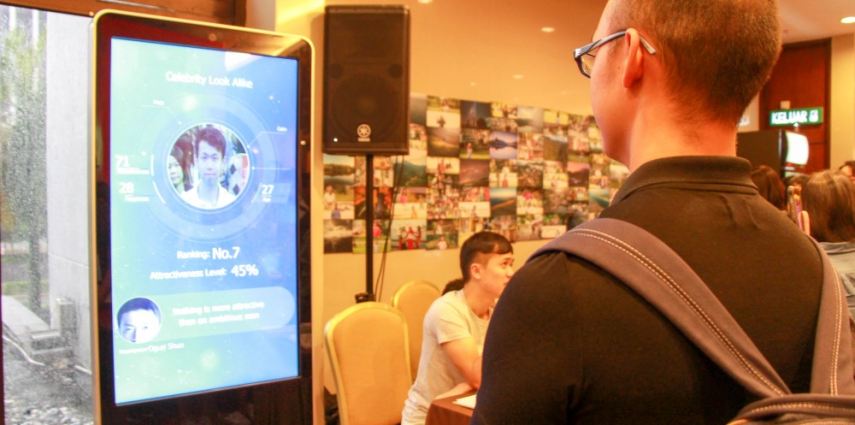We are not short of advertisements in our lives. In our hyper-consumerist society, advertisements have evolved alongside our purchasing habits, forming part and parcel of our visual culture.
One digital billboard stood unassumingly at the venue of the recent TEDxPetalingStreet event. Its large, portrait screen displayed advertisements of all sorts, luring audience members to stop in their path. However, it had a trick up its sleeve: upon detecting someone facing the billboard, a camera activated and scanned for faces. The billboard then proceeded to calculate and estimate the person’s age, gender, apparent “happiness” and “attractiveness” scale, even proposing a matching celebrity doppelganger. Needless to say, the billboard attracted a large crowd to it, with groups of friends laughing at the results of each other’s quantified biological traits.

The billboard is a project by Dr Chan Chee Seng, a lecturer and researcher in artificial intelligence at the University of Malaya, in collaboration with two of his PhD students. Dr Chan, who is also a speaker at this TEDx event, explained that the idea was to implement their research in a commercial application. At the core of this billboard is a facial recognition software which would analyse facial features to identify the viewer; it would then be able to display targeted advertisements catered for that person. For example, if the software managed to detect a person wearing glasses, the next advertisement would most likely be from RayBan.
Dr Chan elaborated on how this technological application would be useful in advertising, as it would be able to compile a statistics of actual viewers with key information, such as age and gender. This would give advertisers more accurate data, helping them to produce effective advertisements for their targeted demographics. Additionally, automated facial recognition could also be applied in the transaction process as a more secure and convenient replacement for debit cards. Other possible applications include using faces to enter guarded premises, and even as a way to quickly identify wanted fugitives or criminals.
Nevertheless, being an automated system that scans faces without asking for permission, would this kind of application raise any ethical issues about interfering with privacy? Pertaining to this, Dr Chan explained that the team had thought through this, which was why none of the photos taken would be saved. He added that technology itself is harmless but it is the underlying nature of some people that would use AI in undesired means.

As for the perceived “attractiveness” and “happiness” estimation, Dr Chan said that while it began as a joke, they did create a benchmark using photos of celebrities and Miss Universes to generate the numbers. Of course, while beauty and happiness is subjective, the main objective is merely for entertainment purposes – to get people to try and have a laugh. After all, who wouldn’t want to know which celebrity we look like?


